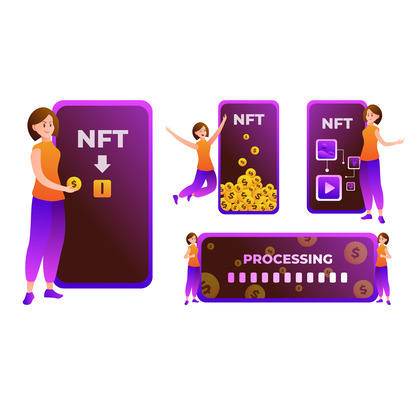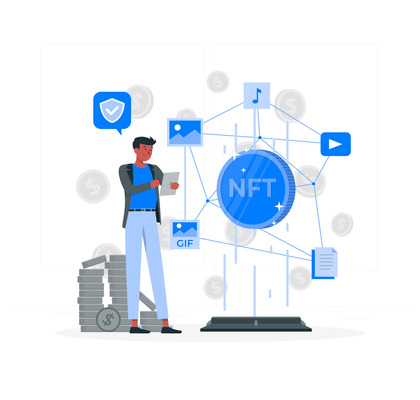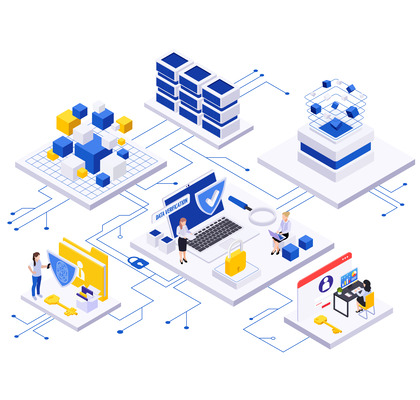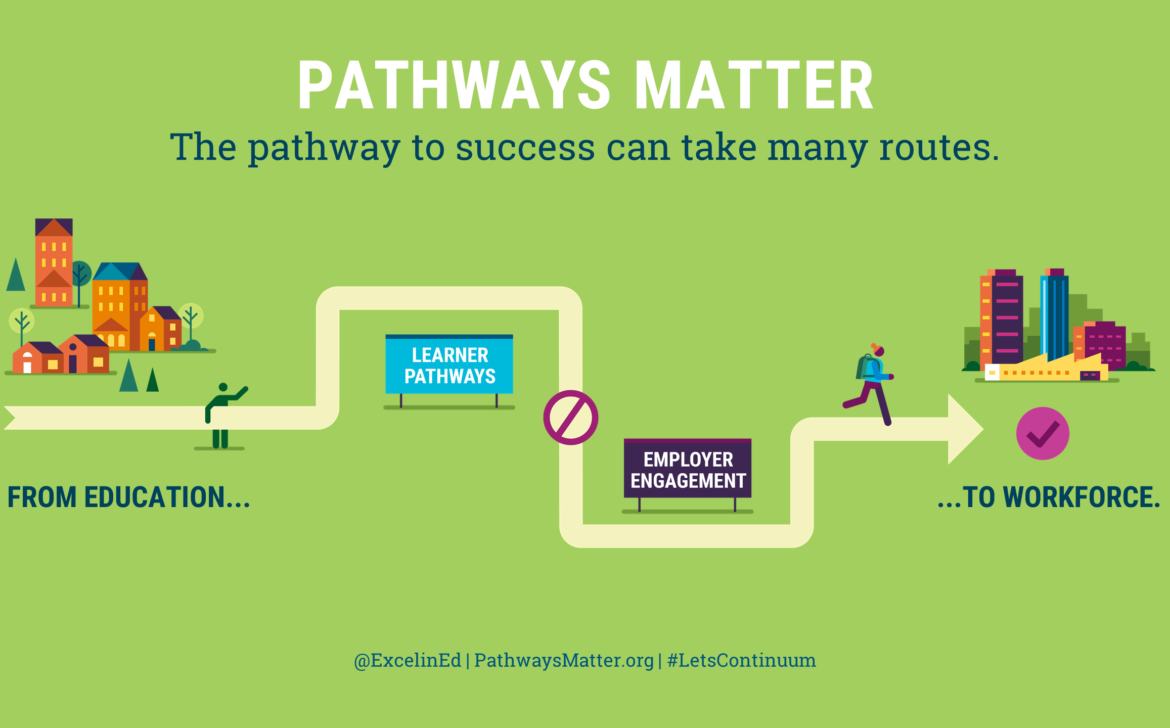Blockchain Unveiled: A Complete Guide to Bitcoin’s Technology and Beyond
In today’s digital age, blockchain has emerged as a revolutionary technology with the potential to transform various industries. It all began with the introduction of Bitcoin, the world’s first decentralized digital currency, which operates on a blockchain. In this comprehensive guide, we will explore the intricacies of blockchain technology, its role in Bitcoin, and its applications beyond the realm of cryptocurrency. Blockchain is a decentralized and distributed ledger technology that enables the secure and transparent recording of transactions. At its core, it is a chain of blocks, where each block contains a list of transactions. These blocks are linked together using cryptographic hashes, forming an unalterable and tamper-proof chain of information. One of the key features of blockchain is its decentralized nature, which eliminates the need for intermediaries and provides a high level of trust among participants. To understand how blockchain works, let’s dive into its underlying mechanisms. Each block in the chain contains a unique identifier, a timestamp, and a cryptographic hash that links it to the previous block. When a new transaction occurs, it is added to a block and validated by participants in the network. The validation process typically involves reaching a consensus among the network participants, either through a proof-of-work or a proof-of-stake mechanism. Bitcoin, the most well-known cryptocurrency, is built on the foundation of blockchain technology. It utilizes blockchain to record and verify all transactions made with the digital currency. By using a decentralized network of computers, known as miners, Bitcoin ensures that transactions are valid and secure. The mining process involves solving complex mathematical problems, which not only validates transactions but also creates new Bitcoins. While Bitcoin brought blockchain into the spotlight, its potential goes beyond cryptocurrency. Through the advent of blockchain technology, a revolutionary path has been forged, opening doors to the creation of intelligent agreements and decentralized applications (DApps).Smart contracts are self-executing agreements that automatically execute the terms of a contract once the predefined conditions are met. DApps, on the other hand, are applications that run on a blockchain network, offering enhanced security, transparency, and autonomy. As blockchain technology continues to evolve, several trends and innovations are shaping its future. Scalability solutions, such as sharding and layer 2 protocols, aim to address the challenges of processing a large number of transactions. Interoperability between different blockchain networks is also a key focus, allowing seamless communication and collaboration between different platforms. Furthermore, the integration of blockchain with emerging technologies like artificial intelligence and the Internet of Things holds immense potential for creating new use cases and expanding the technology’s reach. Blockchain technology offers numerous advantages. Its transparency and immutability make it highly secure and resistant to fraud. Additionally, the decentralized nature of blockchain eliminates the need for intermediaries, reducing costs and improving efficiency. However, blockchain also presents challenges. Privacy and security concerns arise due to the public nature of transactions. Moreover, the energy consumption associated with blockchain networks has raised concerns about its environmental impact.
Blockchain is the ultimate game-changer, disrupting industries and revolutionizing trust.
– Blythe Masters As blockchain technology gains traction, regulators and governments worldwide are developing frameworks to govern its use. Blockchain regulations cover aspects like digital identity, data protection, and intellectual property rights. Additionally, compliance with know-your-customer (KYC) and anti-money laundering (AML) requirements is crucial in the financial sector. It is important for organizations and individuals to stay updated with the evolving regulatory landscape to ensure compliance and mitigate legal risks. Blockchain technology has the potential to transform society in various ways. It enables financial inclusion by providing access to financial services for the unbanked population. Blockchain’s decentralized nature also disrupts traditional intermediaries, such as banks and payment processors, by offering peer-to-peer transactions and reducing transaction fees. Furthermore, blockchain empowers individuals by giving them control over their data and reducing information asymmetry, ultimately reducing economic and social inequality. Despite its potential, blockchain faces challenges in widespread adoption. Education and awareness are crucial to overcome the scepticism and misunderstanding surrounding the technology. Interoperability and standardization efforts are required to ensure seamless integration between different blockchain networks. Additionally, the resistance from legacy systems and established institutions poses a hurdle in implementing blockchain solutions on a large scale. Blockchain technology has surfaced as an extraordinary breakthrough, holding the transformative capacity to redefine numerous sectors across the board. From its humble beginnings with Bitcoin, blockchain has expanded to encompass smart contracts, decentralized applications, and much more. While it presents advantages such as transparency and security, it also poses challenges in terms of scalability and regulatory compliance. As the technology continues to evolve, it is important to stay informed and explore its possibilities for a decentralized and interconnected future.Introduction to Blockchain
How Blockchain Works
The Role of Blockchain in Bitcoin
Blockchain Beyond Bitcoin



Future Trends and Innovations in Blockchain
Advantages and Disadvantages of Blockchain Technology
Regulatory and Legal Considerations
The Impact of Blockchain on Society
Challenges and Limitations of Blockchain Adoption
Conclusion














 Imagine a world where you can travel to exotic destinations, explore fantastical realms, or interact with virtual beings—all without leaving the comfort of your living room. Welcome to the captivating realm of virtual reality (VR). In this blog post, we will delve into the fascinating world of VR, exploring its applications, advancements, and the transformative impact it has on various industries and our daily lives.
Imagine a world where you can travel to exotic destinations, explore fantastical realms, or interact with virtual beings—all without leaving the comfort of your living room. Welcome to the captivating realm of virtual reality (VR). In this blog post, we will delve into the fascinating world of VR, exploring its applications, advancements, and the transformative impact it has on various industries and our daily lives.


 Virtual reality has also made a significant impact on education and training. VR simulations provide immersive and realistic environments for learning and skill development. Students can explore historical landmarks, dive into the depths of the ocean, or practice complex medical procedures—all within a virtual space. VR training programs have been adopted in fields such as aviation, healthcare, and military, allowing individuals to gain hands-on experience in a safe and controlled environment.
Virtual reality has also made a significant impact on education and training. VR simulations provide immersive and realistic environments for learning and skill development. Students can explore historical landmarks, dive into the depths of the ocean, or practice complex medical procedures—all within a virtual space. VR training programs have been adopted in fields such as aviation, healthcare, and military, allowing individuals to gain hands-on experience in a safe and controlled environment.























